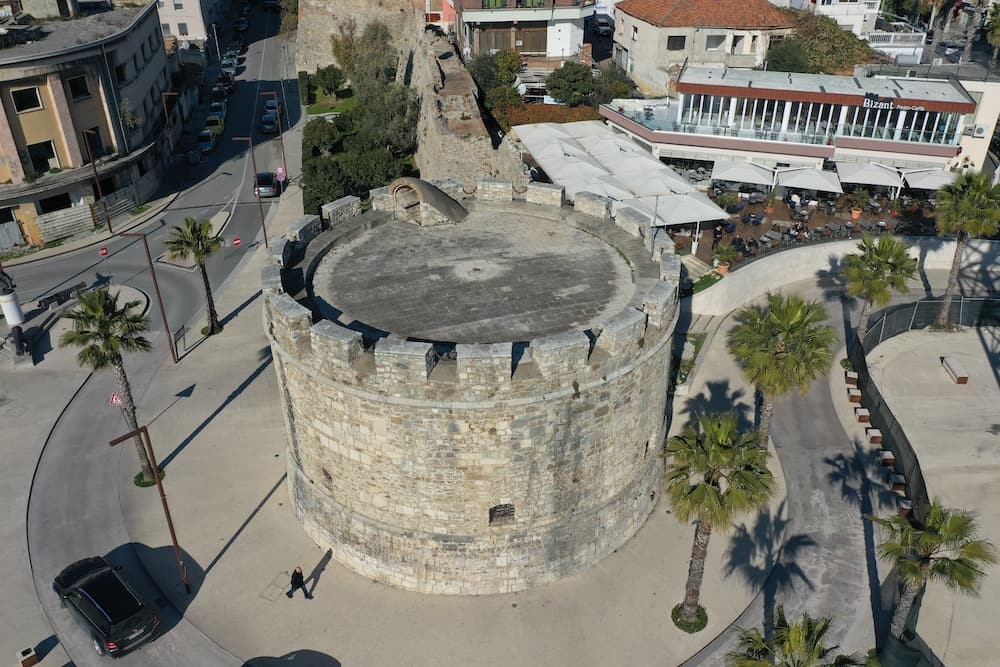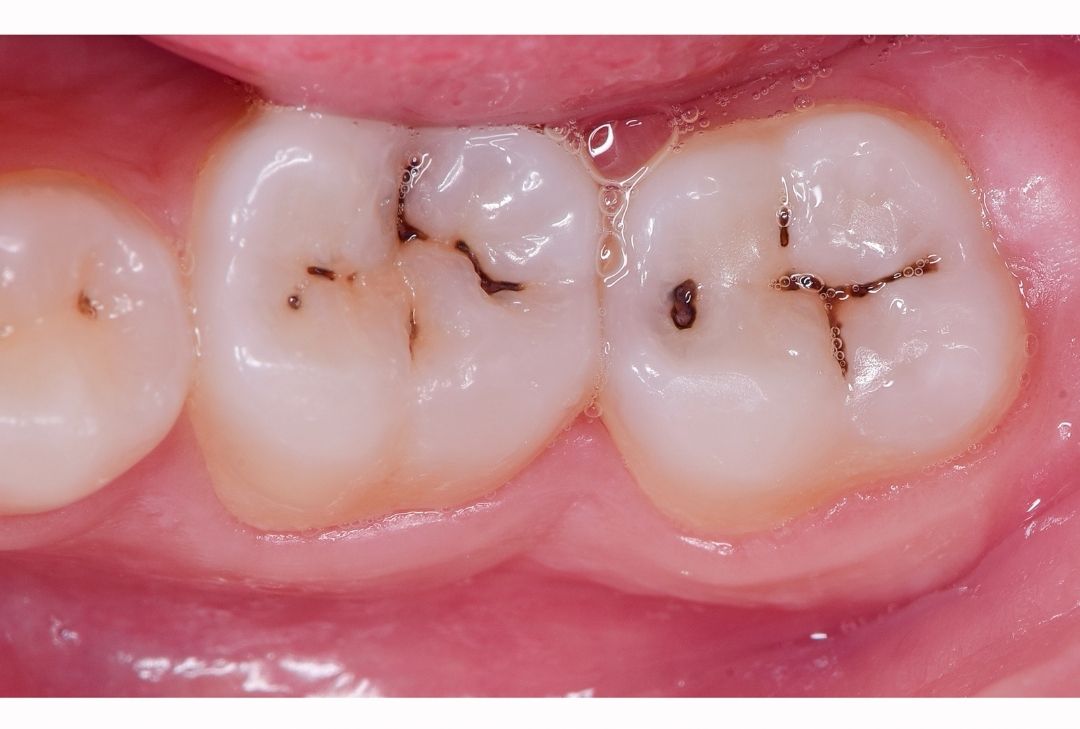Few cities along the Adriatic Sea can claim a history as deep and diverse as Durrës. Known in antiquity as Epidamnus (Greek) and later as Dyrrachium (Roman and Byzantine), Durrës is among the oldest continuously inhabited cities in Europe, with more than 2,700 years of history.
Today, Durrës is the second-largest city in Albania, home to its busiest port, a long stretch of sandy beaches, and a wealth of archaeological treasures. It is a place where ancient amphitheaters, Byzantine walls, and Venetian towers stand side by side with modern boulevards, seaside promenades, and lively cafés.
Whether you are a history enthusiast, a beach lover, or a traveler seeking cultural immersion, Durrës offers a unique journey through time.
Ancient Origins: Epidamnus, the Greek Colony
Durrës was founded in 627 BC by Greek colonists from Corinth and Corcyra (modern Corfu). They named it Epidamnus, and within decades, it became one of the most prosperous trading ports in the Adriatic.
-
Strategic Location: Epidamnus was ideally positioned at the crossroads of sea routes and inland paths that connected the Adriatic with the Balkans.
-
Political Tensions: Its wealth attracted conflicts, especially between Corinth and Corcyra, leading to alliances and wars that shaped its destiny.
-
Cultural Influence: As a Greek colony, it was a center of Hellenistic culture, architecture, and trade, spreading Greek influence deep into the Illyrian hinterland.
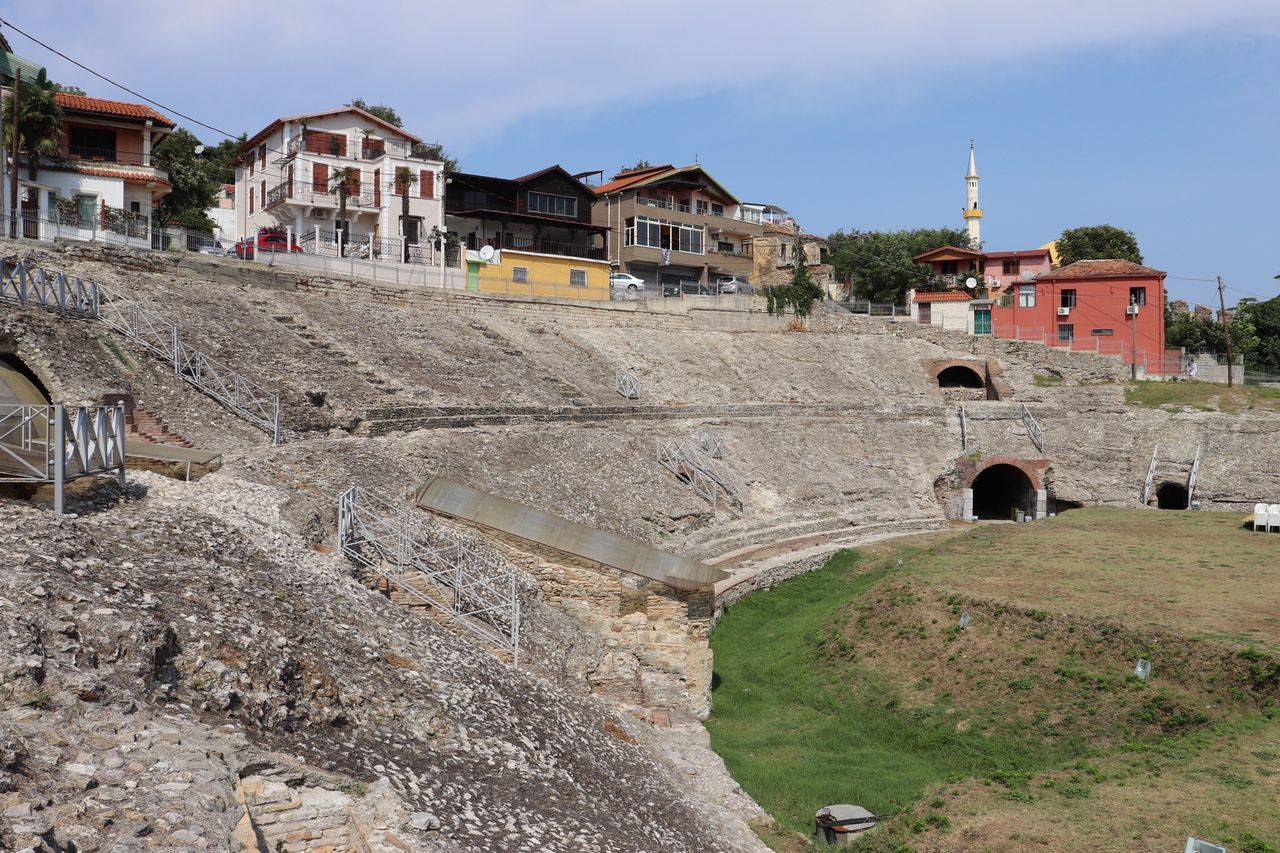
The Roman Era: Dyrrachium and the Via Egnatia
When the Romans arrived, Epidamnus became known as Dyrrachium. Under Roman rule, the city flourished as a military and commercial hub.
-
Via Egnatia: Dyrrachium marked the starting point of this great Roman road, which stretched across the Balkans to Byzantium (modern Istanbul). This made it one of the most important gateways between East and West.
-
Military Stronghold: Dyrrachium played a key role in Roman military campaigns, including Julius Caesar’s civil war against Pompey.
-
Urban Development: The Romans left behind forums, baths, temples, and the amphitheater, which remains the largest in the Balkans.
Byzantine, Venetian, and Ottoman Eras
After the fall of Rome, Durrës remained a prized city:
-
Byzantine Dyrrachium: Known as the “key of the Adriatic,” the Byzantines fortified it with strong walls. It became a major center for Christianity, with early basilicas and mosaics.
-
Venetian Rule: In the late Middle Ages, Venice controlled the city, reinforcing its fortifications and maritime trade. The Venetian Tower still stands as a symbol of this era.
-
Ottoman Period: From the 16th century, Durrës was under Ottoman rule, during which mosques and caravanserais were built. While less prominent than during its Roman or Byzantine peaks, it remained an important regional port.
Historical Landmarks You Can See Today
-
Durrës Amphitheatre
-
Built in the 2nd century AD.
-
Could seat up to 20,000 spectators.
-
Features early Christian mosaics and chapels.
-
Still considered one of Albania’s greatest archaeological discoveries.
-
-
Byzantine Forum (Macellum)
-
A Roman-era marketplace surrounded by columns.
-
Showcases the commercial life of ancient Dyrrachium.
-
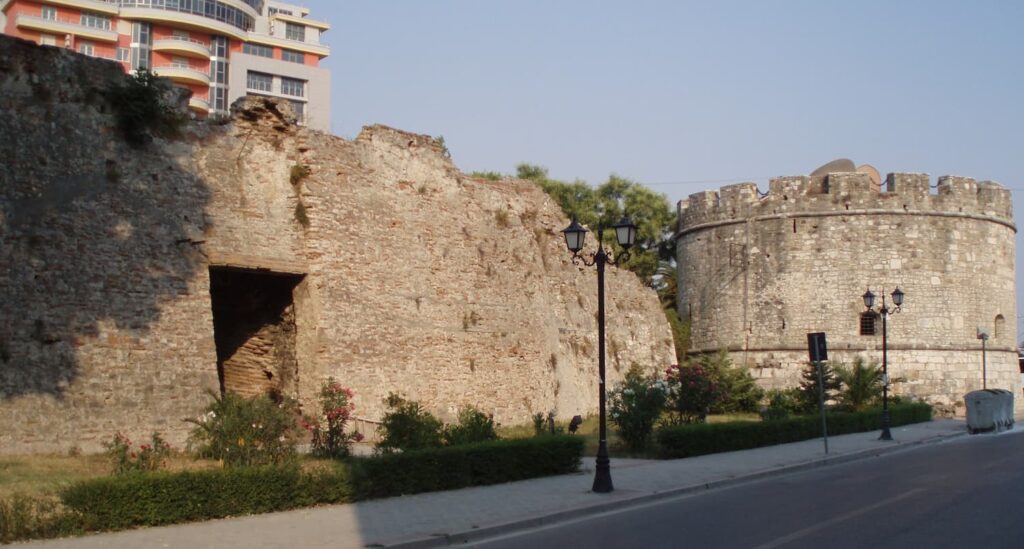
-
City Walls and Venetian Tower
-
Original Byzantine fortifications, later strengthened by Venetians.
-
The round tower near the port is a must-see.
-
-
Archaeological Museum of Durrës
-
The largest archaeological museum in Albania.
-
Exhibits Greek vases, Roman sculptures, mosaics, and medieval artifacts.
-
-
Byzantine Basilica & Mosaics
-
Early Christian religious sites decorated with elaborate mosaics, testifying to the city’s role as a spiritual center.
-
Durrës Today: Albania’s Coastal Capital
While its history is remarkable, Durrës is not just an open-air museum. It is also a modern, vibrant city with much to offer:
-
Beaches and Seaside: With over 10 km of sandy coastline, Durrës is Albania’s most popular summer destination.
-
Seafood Cuisine: The city is famous for its fresh Adriatic seafood, enjoyed in restaurants along the promenade.
-
Cultural Scene: Festivals, concerts, and theatre performances are frequently held, blending tradition and modernity.
-
Economic Importance: The Port of Durrës is the largest in Albania, playing a central role in the country’s economy.
Durrës as a Travel Destination
Why Visit?
-
Accessibility: Just 30 minutes from Tirana International Airport.
-
Culture + Leisure: A rare mix of history, archaeology, and beach relaxation.
-
Affordability: Much cheaper than Western European destinations.
When to Visit?
-
Summer (June–August): Best for beach holidays.
-
Spring & Autumn (April–May, September–October): Best for cultural tourism and sightseeing, with mild weather.
Who Should Visit?
-
History lovers interested in Roman and Byzantine legacies.
-
Families seeking an affordable seaside holiday.
-
Travelers exploring Albania as part of a Balkan tour.
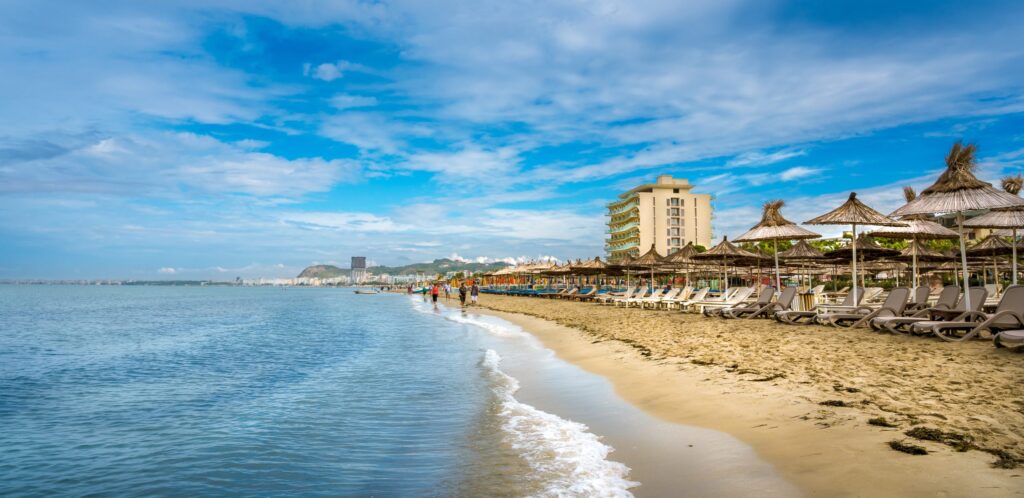
Timeline of Durrës: From Antiquity to Today
| Era | Name | Highlights |
|---|---|---|
| 7th Century BC | Epidamnus (Greek colony) | Founded by Corinthian settlers; major trading hub. |
| 2nd Century BC | Dyrrachium (Roman city) | Start of Via Egnatia; Roman amphitheatre built. |
| 4th–13th Century | Byzantine stronghold | Major fortress; early Christian mosaics. |
| 14th–15th Century | Venetian Durrës | Strengthened walls; key Adriatic port. |
| 16th–20th Century | Ottoman rule | Decline in strategic importance; Islamic architecture. |
| 20th–21st Century | Modern Durrës | Albania’s main port, tourist hub, and cultural center. |
Conclusion
Durrës is more than a city — it is a living history book. From its beginnings as Epidamnus, a Greek colony, to its Roman glory as Dyrrachium, through Byzantine, Venetian, and Ottoman rule, and finally to its role as modern Albania’s seaside capital, Durrës has always stood at the crossroads of civilizations.
Today, visitors can explore ancient ruins, walk along Venetian walls, enjoy Adriatic beaches, and experience Albanian hospitality in one place.
Get to know Durrës — a city where every corner tells a story, and every stone whispers the memory of empires.
















